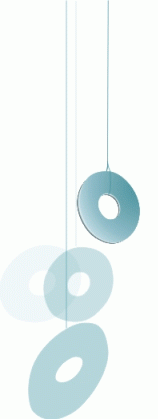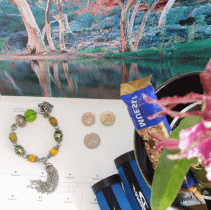


 |
 |
|||
 |
||||
|
Incredible Ladies
Articles Columns/Blogs
Word of Mouth |
Fuerteventura – The Island(map to play with)Ideas from: RAI Ediciones (map of Please have a look in the External Links section to find a collection of the links gathered to explain certain aspects of the island. Well, here is a bit of school stuff about the island of Fuerteventura. You may like it, nevertheless - who knows?!
The island of Fuerteventura was is not just volcanic but as well built by blocks of the ocean crust raising up when the Atlantic plate gets compressed.
Fuerteventura has a size of 1,660 km2; it is 100km long from north to south. IThe distance from the African mainland is about 90km while the distance to Gran Canaria is only about ten km more.
The landscape is dominated by signs of extensive erosion, so that formations are more hills rather than mountains. The highest point of the island is the Pico de la Zarza of the Vast areas of sand made from organic maritime material are found in the north in the area of Corralejo and in the south the Isthmus of La Pared. Those are called 'jable' and from there sand is blown to the beautiful beaches.
Flora is not really visible on Fuerteventura. Apart thorn bushes, Palm trees and tamarisks which usually are found in the bottom of creeks as moisture keeps there for longer it's mainly Lichen which make the floral make-up. However, Fuerteventura has more endemic species (650) than most of the European countries - Germany has 6 at 350,000 km2, UK has 16 at 50,000 km2 while France has 100 at 560,000 km2. The lack of big plants is due to the clay, saline and calcerous soil, the semi-arid climate with very little rainfall and average temperatures of about 20oC and excessive pasturing.
It is not entirely clear when the first inhabitants arrived on Fuerteventura. Skulls which have been studied show similarities with the Cro Magnon from north of Algeria. The original inhabitants are called “guanches” and it is thought that they arrived during the Mesolithic period from Ibero-Mauretanian people. Guanache is the name for all people from before the conquest. Majorcan, Catalan, Andalusian, Portuguese, Genoese and people of other origins had reached the islands before until in 1420 the islands were taken by force and included into the empire of Enrique III. In 1440 a census recorded a population of 1,200.
The churches show a variety of styles dependant on the economic development at the time they were built. Most of them were built in the 18th century by the inhabitants themselves hence their simplicity. During the 19th century the traditional-style cemeteries were constructed. The main defences from the 18th century on were the the Toston castle in El Cotillo and the castle in Caleta de Fuste. Furthermore there are four lighthouses which date from the turn of the last century (Lobos, El Toston, La Entallada and Punto de Jandia) Traditional houses and dwellings in general blend nicely into the landscape as opposed to modern building blocks. There are two types of windmills on Fuerteventura. In the 17th and 18th centuries the “molinos” came into appearance due to the fact that firstly the wind is a constant source of energy on the island especially in July and August and that secondly the economy was based on cereals which where ready for harvest exactly then. Later In the 19th century a more contemporary type of windmill, the “molina” was preferred. Now only 38 windmills exist in different states of conservation, 23 of which are “molinos” while 15 are “molinas”.
|
Culture Live & Let Live Money Motivation & Fun Movies Networking Restaurants Techie Stuff Travel Ideas Bad Nenndorf London Fuerteventura 2009 Fuerteventura 2008 Tuebingen 2008 Misc
|
||||||||||
|
|
||||||||||||
|
||||||||||||